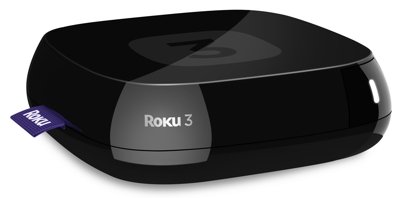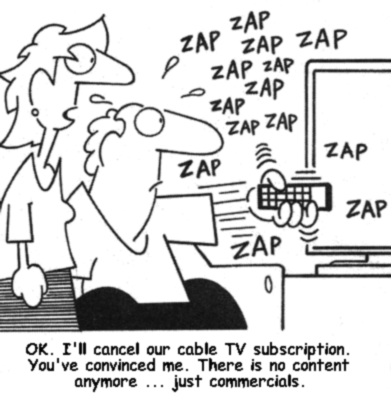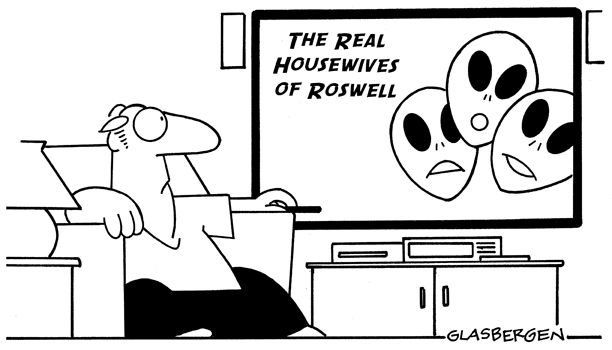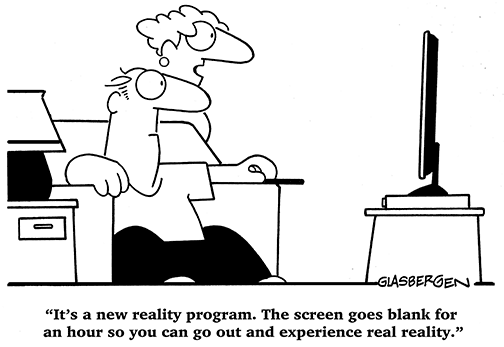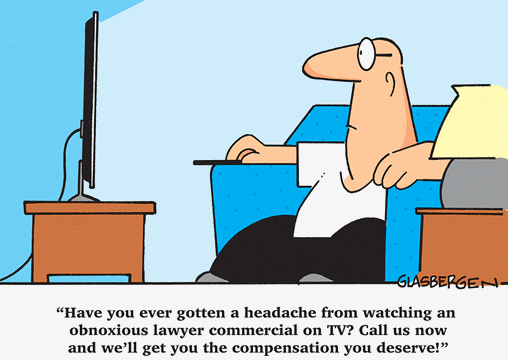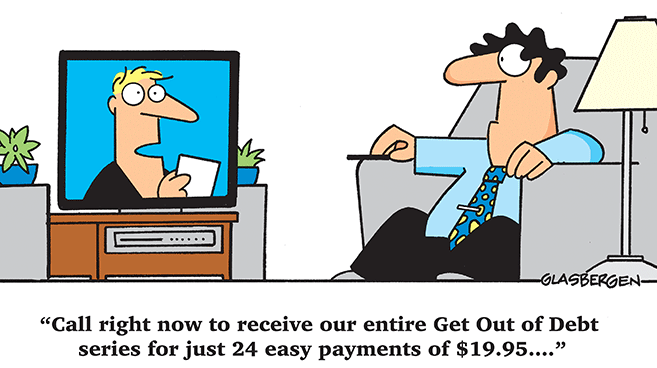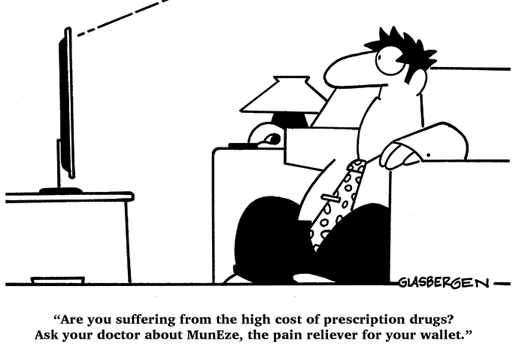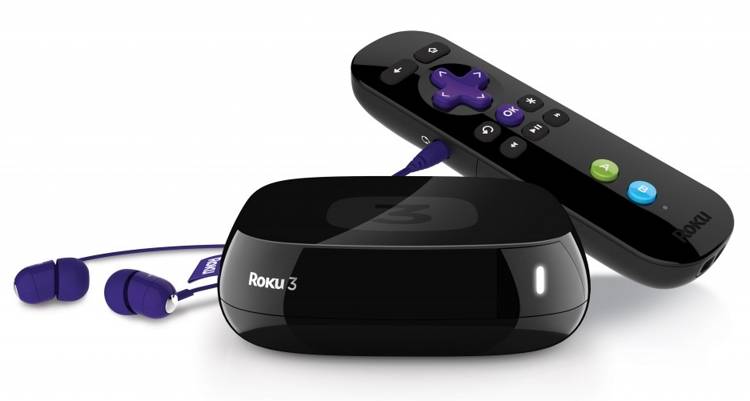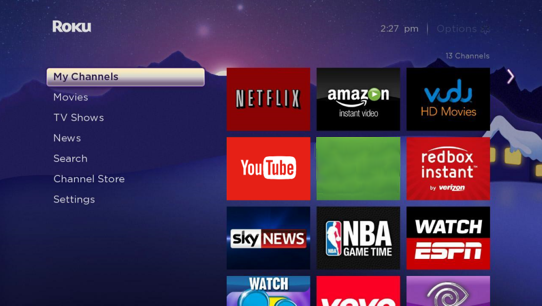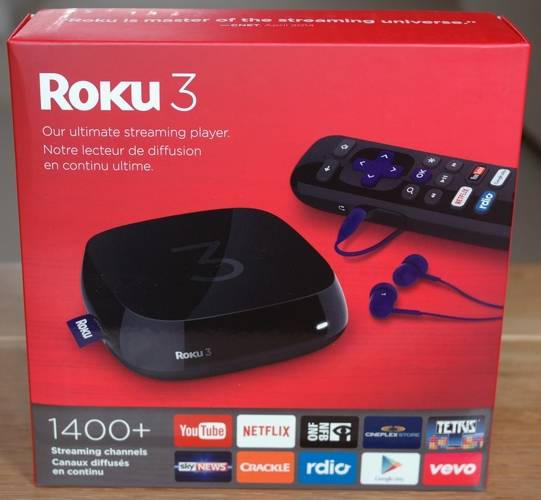|
I AM NOT GOING TO BUY AN ADVERTISED DRUG --- not the day that I
am exhibiting NO SYMPTOMS --- and probably not even if
I were on my deathbed with those symptoms (because the drug
is almost never a 'cure').
And ED (Erectile Dysfunction). Proud to say that I don't have it.
Those ads are a total waste on me.
If ED ever became an issue with me, I would resort to internet
porn before I would use those drugs. I would be willing to bet big money
that FDA studies would show that internet porn is more effective
than those drugs.
Give me my life back, ED ads!
(By the way, Congress. Stop paying for Viagra and other 'male
enhancers'. And don't pay for condoms or other birth control
--- for men or for women. The sex act is not a life-threatening
condition. It is a discretionary act. Boys and girls can pay
for their own entertainment. 'Uncle Sugar' does not have to
reimburse men for the cost of their erection-making drugs.
That is not a right guaranteed by the Constitution.)
I will stop here rather than going on with the other ads that are
wasted on me --- ads for automobiles, ads for unaccredited-fake-universities,
and so on.
You know how you tell a 'real' university? --- It has a football
or basketball team and it has a math department that awards
degrees. Save us all a ton of taxes, U.S. Congress.
Quit giving taxpayer money (and legal indemnity) to these fake
'institutions of higher learning' --- and their banker co-conspirators.
What's the television situation in other countries?
Around the early part of 2015, I ran across the fact that
Australian TV programming does not 'match up' well with
U.S. 'ways', because their 'channels' have about 30 percent
less advertising per hour than U.S. channels do.
If I ever return to this page, I will try to add more information
of this type to this section. In the meantime, here are some
sample web searches that can be done to research the
'humongous amount of TV ads in the United States' issue.
The kind of television that I would like to see:
Of course, I would like to see no commercials at all on the
cable TV channels --- FOR WHICH I AM PAYING A VERY HEALTHY
MONTHLY FEE. But I don't expect that to happen in my lifetime.
In my naive days, back in the days when cable TV was just
starting up (the 1980's), I thought 'What a great idea!'
We can get a cable TV subscription --- and because we are
paying a monthly fee, there will be no commercials.
Boy, was I wrong. Furthermore, the number of minutes-per-hour
of commercials keeps creeping up with each passing year ---
similar to the way the cable company, every few months, tries
to sneak another increase into our cable TV charges by various
techniques --- like 'Oh, that channel-package/feature/service/pricing
was offered on a promotional basis. The promotion period has
expired.'.
Well, my patience with the advertisements (and with having to
constantly monitor the items on the cable bill) has expired.
I keep telling my wife that I am willing to cancel our cable TV
subscription. Maybe one of these days her interest in
'Dancing with the Stars' and 'Dance Moms' will wane, and
she will let me cancel cable TV.
I grant the fact that there will be no elimination of commercials
on cable channels in my lifetime.
But probably most of us have seen an alternative that is probably
a glimmer of a brighter future:
Probably most people have seen a YouTube movie which is preceded
by an ad --- BUT a little 'button' appears on the ad, and within
a few seconds of the start of the ad, the button says 'Skip Ad'.
Click on the ad, and you can immediately start watching the video.
What I am saying here is that this is a glimpse of a future in
which either
OR (failing that)
Either 'skip-ad' implementation would drastically reduce
wasted time on ads that are of no interest to the viewer.
Heck, even the
'Wolf of Wall Street' knew that if a person
was not interested in the pen he was trying to sell, within the
first several seconds or so, it was time to 'pack it in' and
go on to the next sucker or potential victim/customer.
So television advertisers, how about giving it a rest?
Stop blasting ALL of us with many minutes of useless advertising
and taking the risk of making a non-customer of many of us
--- for life.
Some of the current TV-viewing alternatives:
Some readers of this page may say "I already have a solution to the
problems you are mentioning" --- "I have a TIVO box" or
"I have a DVR".
Yes, you have probably found ways to make that work quite
adequately for you. And I probably should try one of those
'solutions'. But ...
There are a couple of things I do not like about those solutions:
It adds another layer of technology and hardware and complexity
(and expense) over the cable provider's TV service.
It typically requires more time spent on researching the times
when programs start and end --- and programming and maintaining
those start-end times --- than I am willing to devote to such tasks.
To me, the best solution that I have seen so far is getting
TV programming (and additional video and audio content) through
the internet.
And the way that I experienced that was by buying a 'Roku 3' box
(for $99 at Target) and attaching it to my home router via an
ethernet cable.
|
